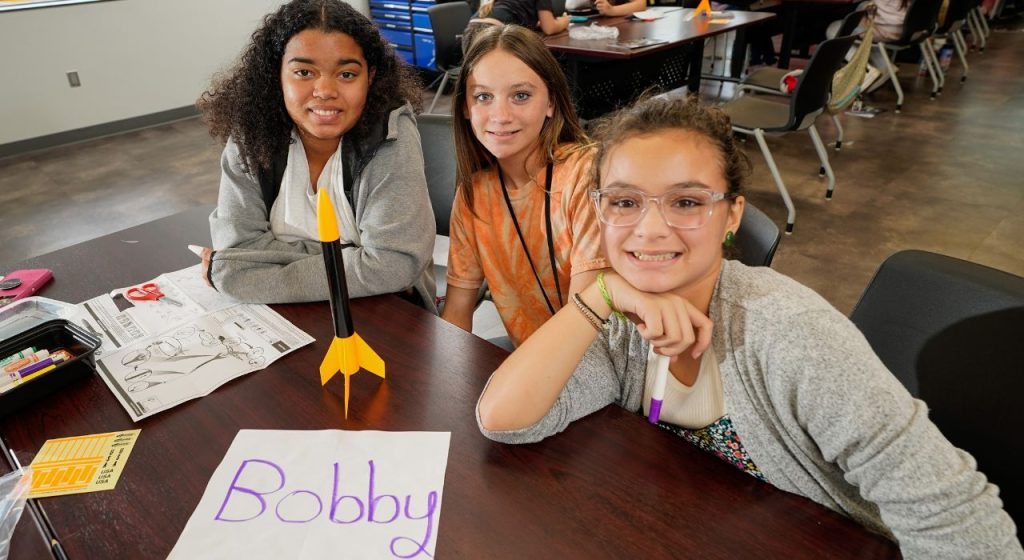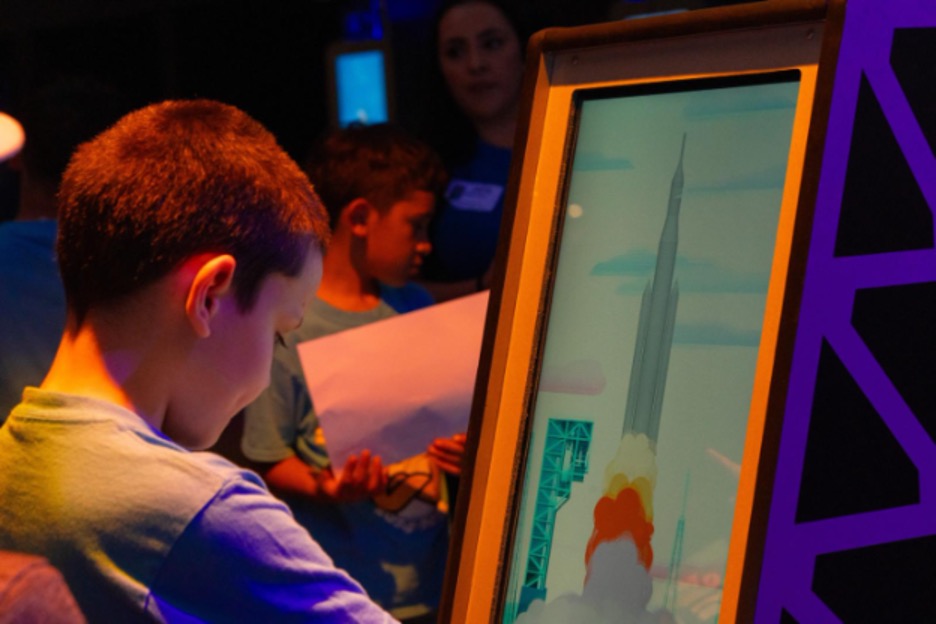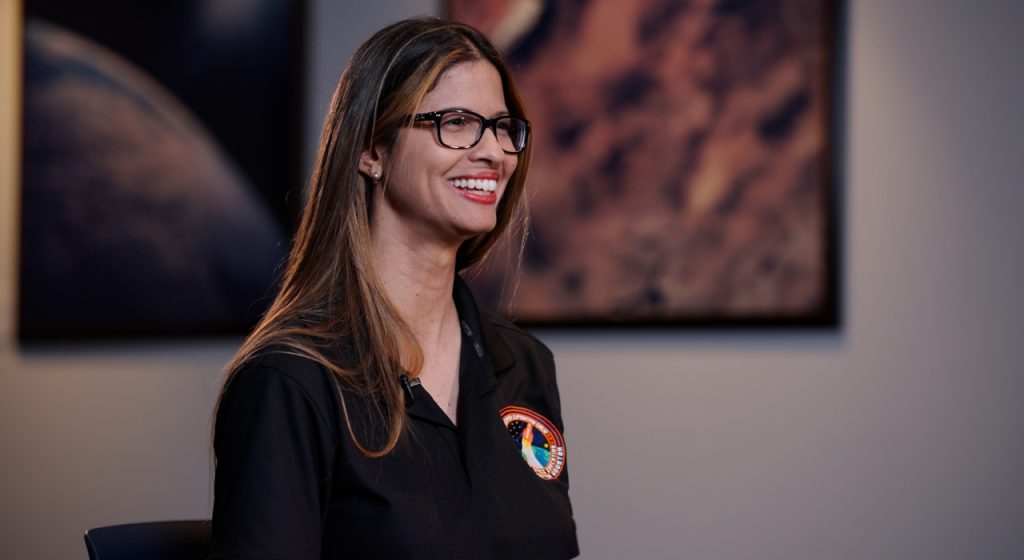[sp name=’NBL’]
From space, we have a unique perspective of our planet Earth! First, though, astronauts undergo rigorous training to prepare for space. The Neutral Buoyancy Laboratory (NBL) helps astronauts to prepare for space missions involving spacewalks. NASA team members use the NBL to develop flight procedures, verify hardware compatibility, train astronauts and refine spacewalk procedures during flight that are necessary to ensure mission success. Learn more about how space science on earth prepares for space exploration!
Learn More About It
- The Neutral Buoyancy Laboratory (NBL) was named after Astronaut Manley L. “Sonny” Carter, Jr. He was a physician, aviator and NASA astronaut who died in a civil aviation accident at age 43.
- Spacewalks are the cornerstone for current and future space initiatives and the NBL is the foundation for successful spacewalk preparation.
- Neutral buoyancy is the equal tendency of an object to sink or float.
- By making something neutrally buoyant, it will seem to “hover” under water, enabling even a heavy object to be manipulated, much as it is in the zero gravity of space.
- Unlike in space, suited astronauts training in the NBL are not truly weightless — they do feel their weight in the suits.
- Water drag hinders motion, making some tasks easier, and others more difficult, to perform in the NBL than in zero gravity.
- The NBL is 202 ft in length, 102 ft in width and 40 ft in depth (20 ft above ground level and 20 ft below) and holds 6.2 million gallons of water. Water temperature is 84°-86° F (28.9°-30° C).
- Learn more about the many capabilities the NBL offers, from simulations to mockup to communications.
Experience More
- Find out how to enhance your field trip to Space Center Houston.
- Take our NASA Tram Tour and see where astronauts train in the Astronaut Training Facility at NASA Johnson Space Center!
- Kids can find out what it takes to explore the stars through phenomenal STEM programs at Space Center U.







